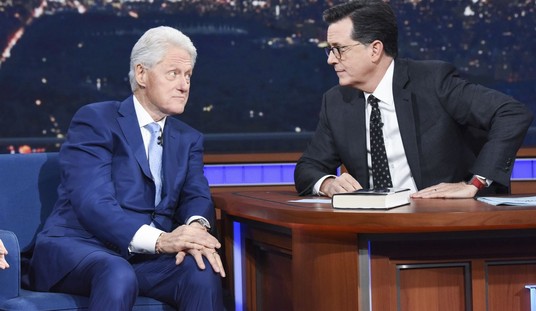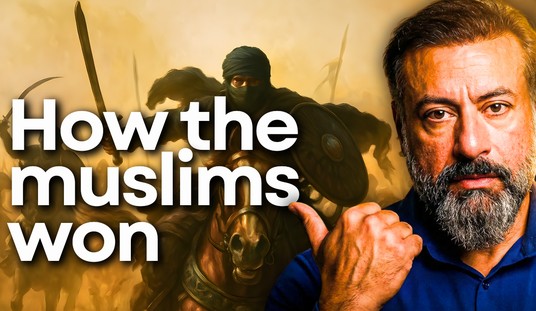“Quiet and order” are the “foundation of learning” at UNO charter schools in Chicago, reports Education Week. Educated in a safe, disciplined, school community, UNO’s students — mostly low-income and Latino — outperform the average for Chicago public school students.
For many students in the city that used to “know how,” school is a chaotic and dangerous place — and getting home is even worse. Last year, 34 Chicago students died violently, usually off campus, and 290 were wounded in shootings.
The latest victim, 16-year-old Derrion Albert, is different for two reasons: He was an honor student who stumbled into a brawl between two warring factions at Fenger “Academy” High School. More important, the brutal assault was videotaped by a classmate’s cellphone and shown on the Internet.
In response to the furor, U.S. Attorney General Eric Holder and Education Secretary Arne Duncan, who was CEO of Chicago Public Schools, pledged federal support to fight youth violence. So far, that amounts to $25 million for crime prevention nationwide.
Chicago Mayor Richard Daley pledged more police protection for students on the perilous way home and GED programs for dropouts.
Fenger will get $500,000. As they talked in a downtown hotel, another fight broke out outside Fenger, despite a police presence.
Even before Albert’s murder, Chicago Public Schools CEO Ron Huberman announced a $30 million a year violence prevention plan that targets students who fit a profile that predicts who is most likely to be a victim of violence. (They’re also likely to be perpetrators, but that’s not the PC spin.) Black males from troubled families who are in special education or alternative schools are likely to be involved in violence, the data show. These students are behind in credits, skip school more than 40 percent of the time, and commit one serious school violation per year.
The 1,200 who best fit the profile will be offered paid jobs to keep them busy and matched with “advocates” and social workers.
There will no jobs for students like Derrion Albert, who show up, do the work, and follow the rules. They don’t fit the profile.
If violence-prone kids can be helped by social workers and counselors, that help should start in kindergarten and first grade. Teachers know who the troubled kids are, but they don’t have time to give them the attention they need. The kind of intensive support Huberman envisions for 15-year-olds might make a difference for five-year-olds.
Of course, most troublemakers aren’t deeply troubled. They go to disorderly schools where name-calling, fighting, and disrespect for authority is tolerated. Without strong parents teaching them better at home, these kids go with the flow.
There are many “no excuses” schools — private, charter, and district-run public schools — where low-income minority students do well. Not one tolerates disorder or disrespect. Led by strong principals, these schools show students how to behave, and rules are enforced. Children feel safe. Teachers can devote classroom time to instruction. Fewer students fall behind and act up to avoid the frustration of not being able to read or solve a math problem. These schools don’t need metal detectors or specially trained security guards to create a “culture of calm,” as Huberman calls it.
It’s not fair to compare regular public schools with charter schools or private schools, many teachers say. Schools of choice can get rid of disruptive students. Neighborhood schools have to deal with unruly, unwilling, and troubled students — and their dysfunctional parents.
In a speech to the City Club, Chicago Teachers Union President Marilyn Stewart said that chronically disruptive students should be taken out of regular classrooms and put in a separate school until they learn how to behave.
Stewart was talking about nonviolent but perpetually misbehaving kids who make it impossible for teachers to teach and for motivated students to learn. Teachers send these students to the office and they “boomerang” back, Stewart said.
If teachers had the authority to enforce classroom rules, exiling the most defiant students, the vast majority of go-with-the-flow kids would follow the rules. It would be the new normal.
A small number of children would need to go elsewhere to learn self-control. If some never learned, at least they wouldn’t destroy the learning opportunities of others or drive teachers out of the profession.









Join the conversation as a VIP Member